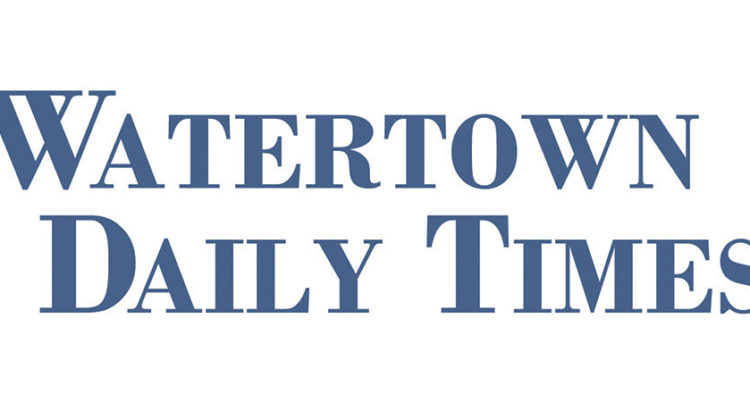
If your employer offered you a 401(k) plan and you participated, when you retire or quit for any other reason, you will have options to consider.
The first option is to stay with the 401(k) plan, if the plan permits you. Here are some advantages of this option:
• Federal creditor protection. Under ERISA, if you stay with the plan, the assets you have in the plan are protected in a bankruptcy proceeding and in some other lawsuits or judgments. Creditors will not have access to these funds. However, if you choose to roll over the assets into an IRA account, you will lose those protections.
• Plan life insurance. Some plans offer life insurance options within the 401(k) structure. You may not be able to retain this life insurance option at all. Or you might not be able to maintain the policy without higher premiums. You will not have the life insurance option within an IRA.
• Age 55 plan exception. If you maintain the 401(k), you have the option between age 55 and 59 1/2 to withdraw funds from your 401(k) without penalty. You would incur income tax liability at your marginal tax rate if you used this option. If you rolled over the account to an IRA, you could not withdraw funds prior to age 59 1/2 without penalty.
A second option is to roll over the 401(k) funds to a traditional IRA. There are several advantages to this option. First, you will have more flexibility and control over your plan assets. With an IRA account, you will be able to withdraw funds or change fund selections more frequently. With most 401(k) accounts, one may have limited options regarding both flexibility in the timing of withdrawals and changes in fund selection. Depending on your IRA selection, you will have many more selection options than you would have with most 401(k)s.
With a 401(k) plan, you would not be able to name a non-spouse beneficiary without approval from your spouse. There is no such restriction with an IRA account.
If you need a trust account, you might not be able to use one with your 401(k). Although there are reasons to avoid trust accounts even within an IRA, if you do need one, you will be able to establish one within the IRA structure.
Depending on your IRA selection, the yearly maintenance costs could be lower.
Within the IRA structure, there are exceptions for withdrawals without penalty for first-time home buyers and for higher education. These exceptions do not apply for 401(k) plans.
With an IRA plan, you have the option to make qualified charitable deductions (QCD) directly from your IRA account through your custodian and obtain a tax advantage. This option is not available with a 401(k).
If you have any after-tax funds in your 401(k), roll them into a Roth IRA.
Prior to my retirement, my employer offered an attractive 401(k) plan. When I retired, I did roll over my funds to a Vanguard IRA because of many of the advantages mentioned above. The IRA rollover was the best choice for me.
A third option is a lump-sum distribution. If you have a 401(k) plan in which you purchased common stock from your employer at low cost, you can consider using a tax advantage associated with “net unrealized appreciation” (NUA).
With this option, you would transfer the common stock “in kind” to a non-qualified brokerage account. The remaining assets would be rolled over to an IRA.
wThe possible advantage of this option is because the gain on the eventual stock sale would be subject to a perhaps lower capital gains tax than your normal marginal tax bracket. If you are considering this option, you should review it with a tax professional.
© 2021 Elliot Raphaelson
Distributed by Tribune Content Agency LLC
